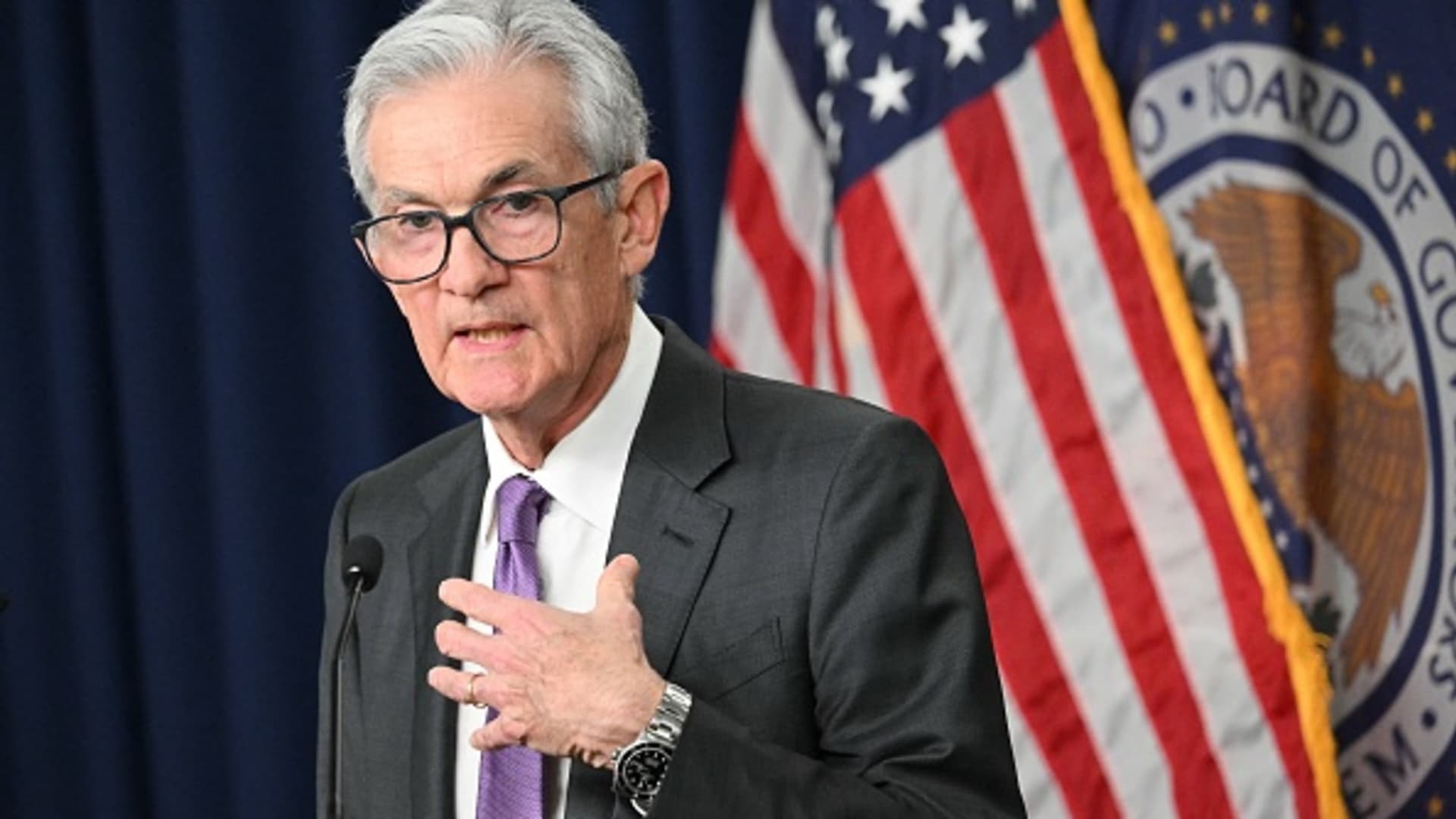The disruption to schools caused by the coronavirus pandemic constitutes a “global education emergency” that threatens to derail the education of at least 24 million students projected to drop out of school as a result, said Henrietta Fore, executive director of the United Nations Children’s Fund.
“At the height of Covid-19,” 192 countries shuttered schools, leaving 1.6 billion students without in-person learning, Fore said on a press call hosted by the World Health Organization and the United Nations Educational, Scientific and Cultural Organization. She added that now, more than 870 million students, “or half the world’s student population in 51 countries,” are still unable to return to school.
“The longer children remain out of school, the less likely they are to return,” she said. “That’s why we are urging governments to prioritize reopening schools when restrictions are lifted.”
She added that beyond education, schools around the world provide many students with a source of nutrition and immunizations.
“At least 24 million children are projected to drop out of school due to Covid-19,” she said.
Many schools went online in the spring as the virus spread around the world, turning to virtual education to replace in-person learning. Education experts, however, have acknowledged the shortcomings of virtual learning, saying that it cannot replace an in-person schooling. Fore said that more than 460 million students across the globe don’t have internet access, computers or mobile devices to participate in virtual learning while their schools are closed.
“We know that closing schools for prolonged periods of time, and the devastating consequences for children,” she said. “They become more exposed to physical and emotional violence. Their mental health is affected. They are more vulnerable to child labor, sexual abuse, and are less likely to break out of the cycle of poverty.”
The reopening of schools has become a hot-button issue, particularly in the U.S., where President Donald Trump has pushed to reopen schools regardless of how widely the virus is spreading in the community. Public health officials have emphasized the importance of reopening schools for in-person learning, but have acknowledged that the virus presents a risk for young people. While young people typically don’t become as sick due to Covid-19 as older people, the long-term health consequences of a Covid-19 infection in young people are still being researched and some young people have died from the disease.
Public health specialists, including White House coronavirus advisor Dr. Anthony Fauci, have said the best way to reopen schools is to contain the virus in the community. UNESCO Director-General Audrey Azoulay said Tuesday that it’s possible to reopen schools safely with new protocols. She added that it will require ”rethinking the role and training of teachers.”
UNESCO, UNICEF and the WHO jointly published Monday a ten-page document that outlines guidelines to reopen and operate schools during the pandemic.
“It is of utmost importance that education and health work closely together to ensure that schools reopen safely as a matter of priority,” she said. “When we deal with education, the decision that we make today will impact tomorrow’s world.”
The United Nations agencies’ guidelines detail a number of measures that communities, schools, classrooms and individuals should weigh when deciding whether to reopen or attend school. Some of the policy measures include encouraging students to stay home if they believe they’ve been exposed to the virus and for schools to ensure adequate ventilation in indoor classrooms.
WHO Director-General Tedros Adhanom Ghebreyesus said Tuesday that “many questions remain, but we’re starting to have a clearer picture” about how the virus affects children. He reiterated that the virus can kill children, though it’s rare, and that kids can become infected and spread the virus to others. Tedros added that more research is needed to learn what increases the risk of death in children as well as the potential long-term health complications from Covid-19.
Tedros said that the risk of reopening schools amid the pandemic will be determined by each community’s ability to bring the virus under control through proven public health measures like mask wearing, social distancing, testing, tracing and isolation. In places where there are now or only few new cases of the virus, “the decision to close schools should be a last resort.”
“Although children have largely been spared, many of the most serious health effects of the virus they have suffered in other ways,” he said. “Millions of children have missed out on months of schooling. We all want to see children back at school and we all want to make sure the schools are the safe and supportive learning environments they should be.”





